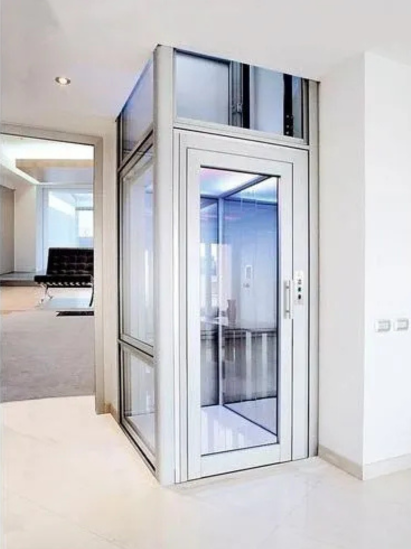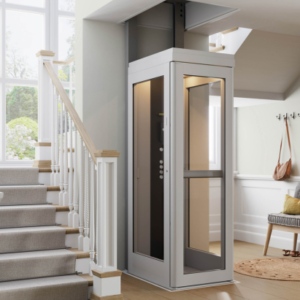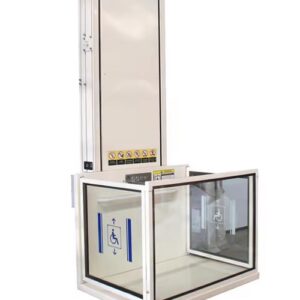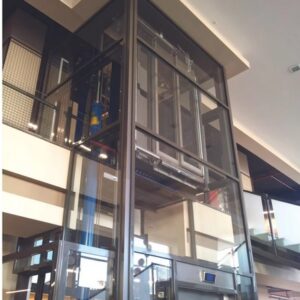Lift Elevator for Home Price
The price of a home lift elevator varies based on design, features, and installation requirements. Factors like lift capacity, automation, and customization influence the overall cost. Basic models are more affordable, while luxury or high-tech options with advanced safety features and smart controls tend to be more expensive.
Product Description
Lift Elevator for Home Price
Home elevators are becoming increasingly popular as homeowners seek convenience, accessibility, and luxury. Whether for multi-story houses, duplexes, or villas, a home lift provides easy movement between floors, enhances property value, and improves accessibility for elderly or disabled individuals. The price of a home lift elevator varies based on multiple factors, including the type, features, installation complexity, and customization options.
Types of Home Elevators and Their Price Factors
Home elevators come in different types, each with distinct pricing considerations. Hydraulic lifts, traction lifts, vacuum elevators, and shaftless lifts are some common options. Hydraulic elevators are known for their durability and smooth ride, while traction lifts offer energy efficiency and quieter operation. Vacuum elevators are stylish and space-saving, making them a popular choice for modern homes. Shaftless lifts are cost-effective and suitable for homes with limited space. The choice of elevator type significantly influences the overall cost.
Factors Affecting the Cost of a Home Elevator
Several factors contribute to the pricing of a home lift elevator. The number of floors the elevator will serve is a primary consideration, as higher lifts require more materials and labor. The weight capacity also plays a role, with standard models accommodating 400-500 lbs, while heavy-duty models can carry more. Additional features such as automatic doors, touchscreen controls, remote operation, and safety enhancements like emergency stop buttons and battery backups can increase costs.
Installation and Customization Costs
Installation costs vary depending on the structure of the home and whether modifications are required. Retrofitting a lift into an existing home may be more expensive than incorporating one into new construction. Some homeowners prefer custom-designed elevators to match their interior décor, adding features like glass panels, premium finishes, or unique lighting, which further impact the price. Structural adjustments, including creating a lift shaft or reinforcing floors, can also affect the final cost.
Maintenance and Long-Term Expenses
Beyond the initial cost, home elevators require regular maintenance to ensure smooth operation and longevity. Routine servicing includes checking mechanical components, lubricating moving parts, and testing safety features. Energy-efficient models may reduce electricity consumption, lowering operational costs. Homeowners should also consider warranty and service packages offered by manufacturers to manage future maintenance expenses effectively.













Reviews
There are no reviews yet.